OpenAI Rejects Elon Musk’s $97.4 Billion Acquisition Offer: What It Means for the Future of AI
The artificial intelligence landscape has just witnessed a major shake-up as OpenAI’s board rejected a staggering $97.4 billion acquisition proposal from Elon Musk. This decision signals OpenAI’s firm commitment to its independent mission in AI research and development, resisting external control—even from one of its most influential early backers.
A History of Elon Musk and OpenAI
Elon Musk was one of OpenAI’s co-founders in 2015, initially funding the company with a vision of developing safe and beneficial AI for humanity. However, he left the board in 2018, citing potential conflicts of interest with Tesla’s AI advancements. Since then, Musk has been openly critical of OpenAI’s direction, particularly its shift towards a for-profit model and its partnership with Microsoft.
For a deeper understanding of OpenAI’s history and mission, check out their official site:
Why Did OpenAI Reject Musk’s Offer?
Although OpenAI has not publicly disclosed the reasons for rejecting the offer, several key factors likely influenced the decision:
1. Independence and Mission-Driven Focus
OpenAI’s primary objective is to advance artificial general intelligence (AGI) for the benefit of all humanity. Accepting an acquisition from Musk could have compromised its autonomy, potentially aligning it with Musk’s other ventures like Tesla and xAI.
🔗 Learn more about AGI and OpenAI’s approach: OpenAI’s AGI Research
2. Microsoft Partnership and Stability
OpenAI has a deep partnership with Microsoft, which has invested billions into its technology and infrastructure. Microsoft’s Azure cloud services are critical for OpenAI’s AI models, including ChatGPT, DALL·E, and Codex. An acquisition by Musk would have likely caused friction with Microsoft, jeopardizing a stable and lucrative partnership.
🔗 Read more about the Microsoft-OpenAI partnership: Microsoft’s AI Collaboration with OpenAI
3. Legal and Structural Complications
OpenAI operates under a capped-profit model, where a for-profit subsidiary is governed by a non-profit board. This structure is designed to prioritize AI safety over financial gains. Selling to Musk could have led to legal battles and regulatory scrutiny, making the acquisition more complex than a traditional corporate buyout.
🔗 Understanding OpenAI’s capped-profit model: OpenAI’s Business Model
What’s Next for OpenAI and Musk?
With OpenAI rejecting Musk’s offer, two major possibilities emerge:
Musk’s xAI Continues as a Competitor
Musk has already launched his own AI venture, xAI, which aims to develop safer and more powerful AI models. xAI’s Grok chatbot is being integrated into X (formerly Twitter), showing that Musk is still in the AI race, even without OpenAI.
🔗 Learn more about Musk’s xAI and Grok: xAI’s Official Website
OpenAI Doubles Down on Innovation
OpenAI will likely continue expanding its AI capabilities, focusing on new research, better AI safety measures, and deeper integrations with Microsoft’s ecosystem. It may also seek more funding to ensure financial stability without compromising its core mission.
🔗 Stay updated with OpenAI’s latest advancements: OpenAI Blog
Final Thoughts: A Defining Moment for AI
The rejection of Musk’s $97.4 billion bid is a defining moment for OpenAI, reinforcing its commitment to independent research and ethical AI development. Meanwhile, Musk’s ambitions in AI remain unshaken, ensuring that the AI industry will continue to see intense competition and rapid innovation in the years to come.
Stay tuned as the AI landscape evolves—because this is just the beginning.
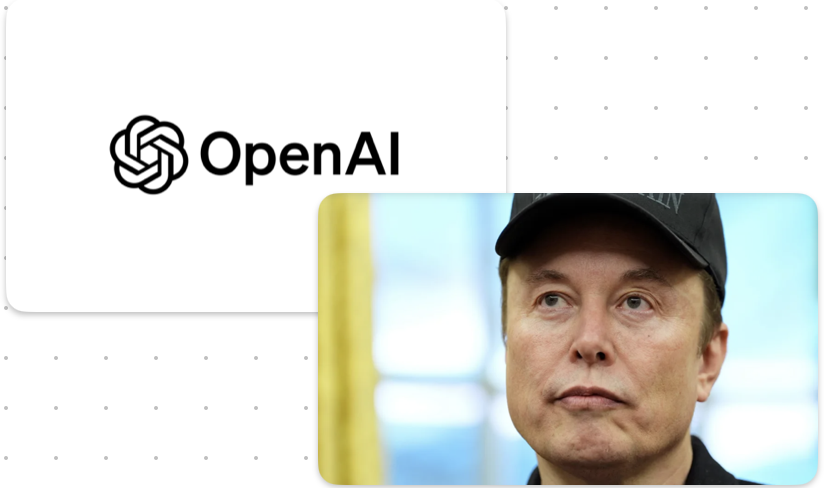
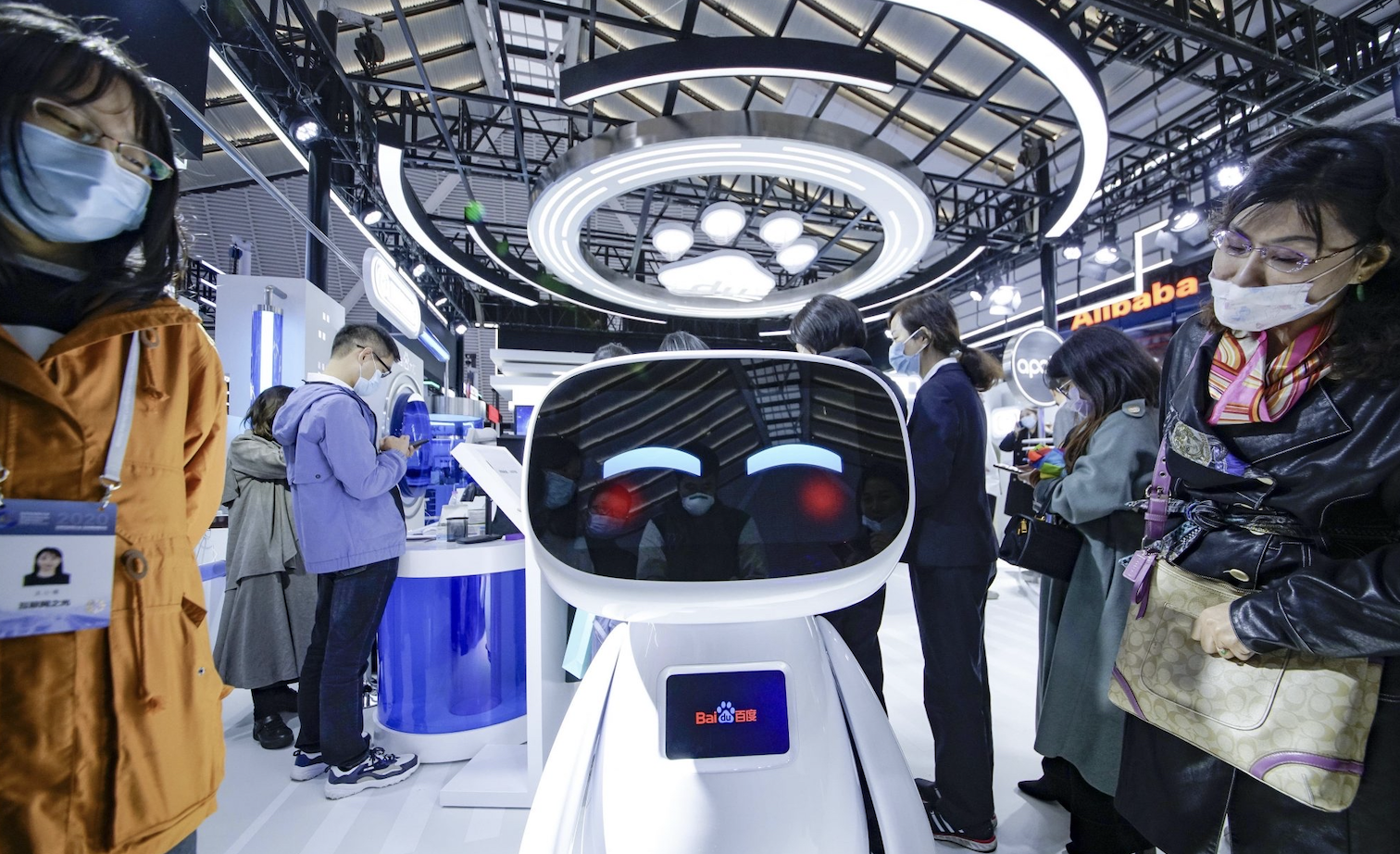



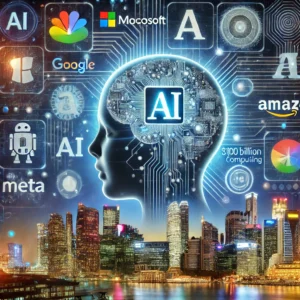
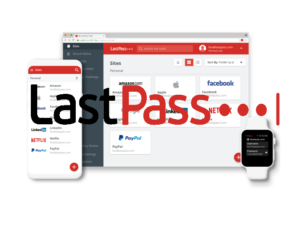
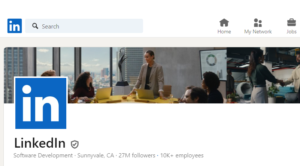
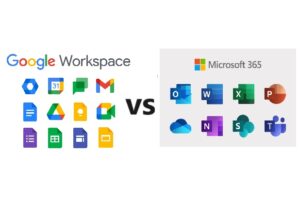


1 comment